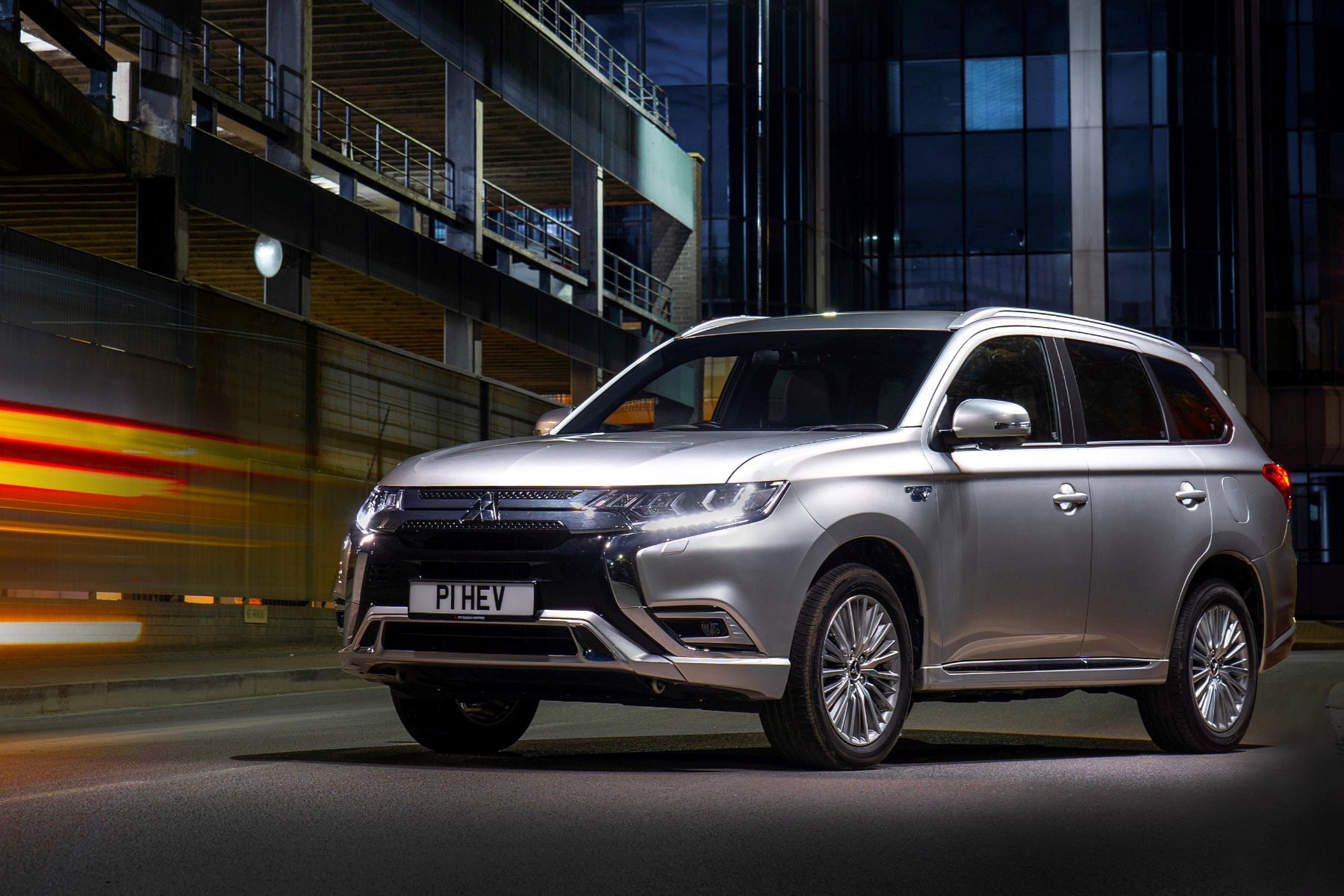► Technically no longer on sale in the UK
► Former bestselling PHEV in UK is feeling its age
► Makes more sense as a used bargain
Mitsubishi no longer sells vehicles in the UK, meaning technically the Outlander PHEV isn’t for sale as a new car. But if you’re in the market, there are plenty of dealerships offering new stock with serious cash discounts.
When it first hit Britain’s shores in 2014 it was well ahead of its time. Because of this it quickly established itself as a big seller, although other manufacturers have now caught up and overtaken the Outlander in terms of sales and quality.
The question is, in a market that’s now brimming with hybrid SUVs, does the Outlander still stand out?
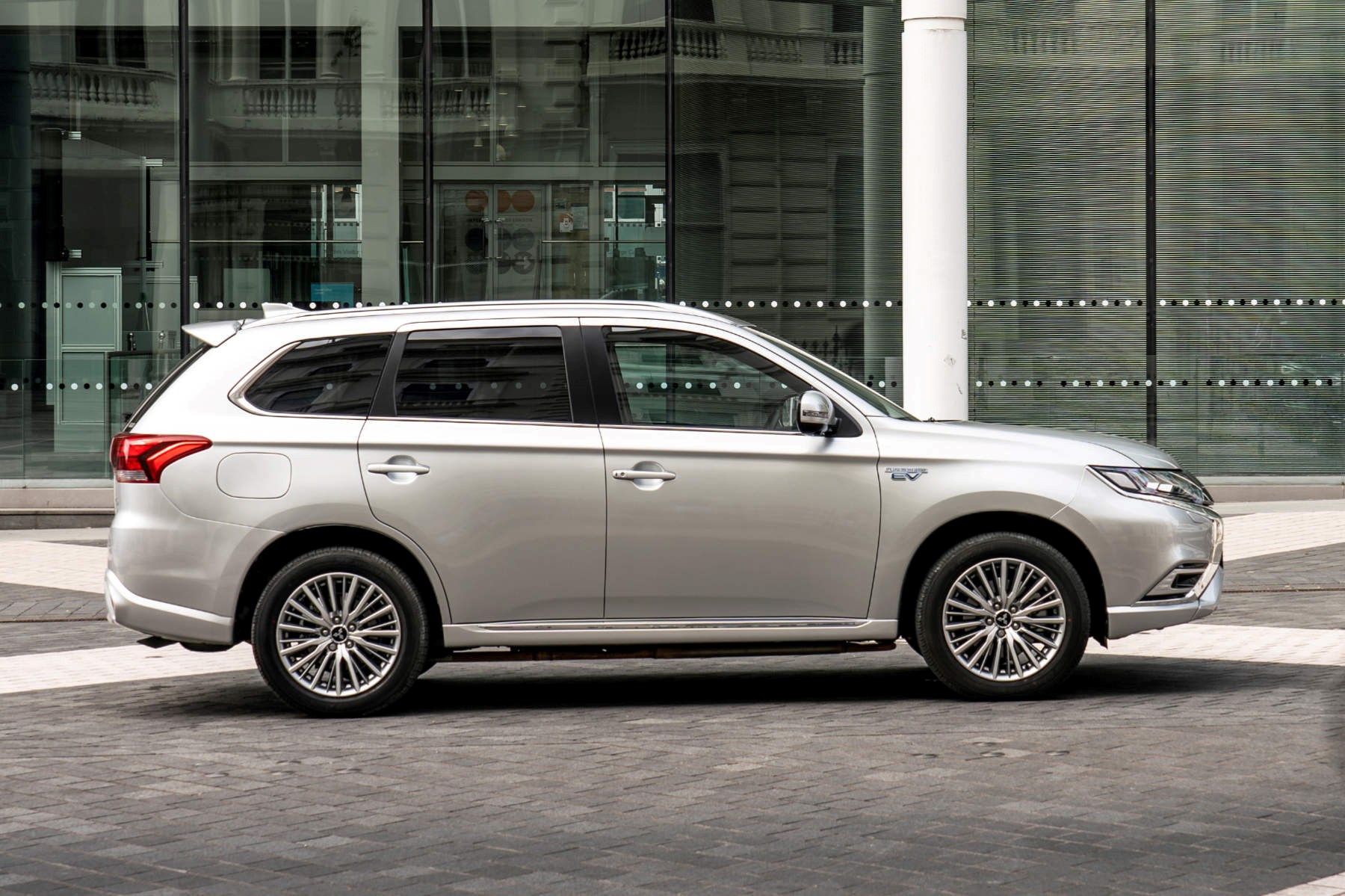
The design
The Outlander PHEV is a green SUV for drivers who don’t want to stand out from the crowd, don’t want to ruffle any feathers, and don’t want to scream at diesel owners in a passive aggressive way.
The exterior is sombre and mostly available in very sensible colours. At least the LED headlights at the front and 18-inch alloys on more expensive models help keep things moderately interesting
Inside, what faint interest you had may turn into bemusement. The infotainment is outdated, the use of faux carbonfibre gaudy, and the button arrangement haphazard.
An optional sunroof helps brighten things considerably, the quilted leather (top spec models) feels pretty soft and rear passengers do get USB sockets. At least the elderly touchscreen has Apple CarPlay/Android Auto.
Best hybrid cars
What’s the Mitsubishi Outlander hybrid like to drive?
Broadly the Outlander PHEV is quiet, refined, and feels pretty solid.
There’s been extra adhesive applied to the body-in-white (before painting) to strengthen the shell using an approach similar to that used in aircraft manufacture, and this has the effect of enhancing torsional rigidity, so the car flexes less through bumps and bends. The difference is slight, but worthwhile.
The best hybrid SUVs: a CAR guide
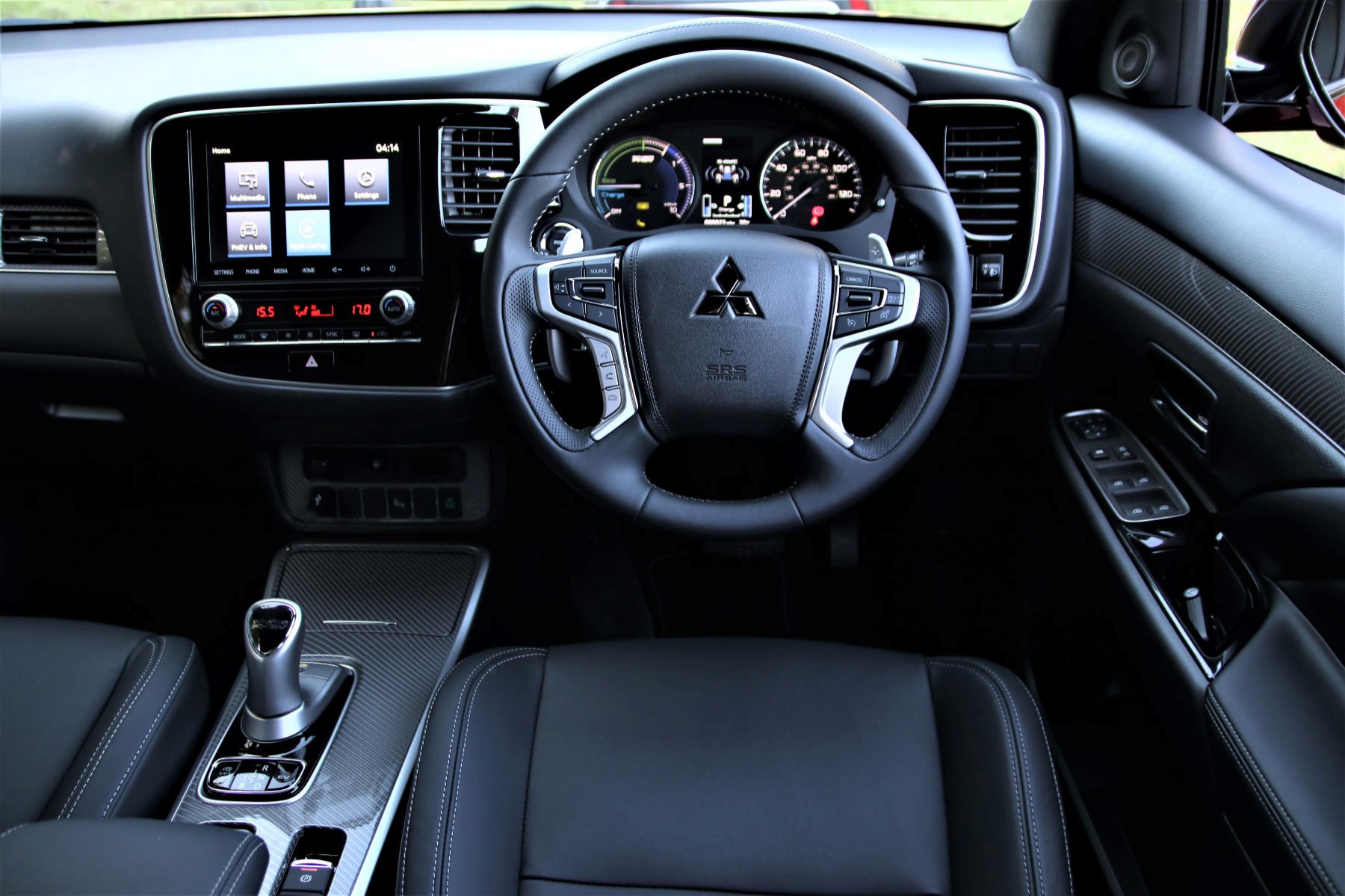
The steering is quicker than previous generations, making it easier to thread through narrow roads.
What has been sacrificed is the ride quality. On UK roads it feels busy. It’s not uncomfortable by any stretch, but it’s less settled than other SUVs.
Sport mode offers a bit more punch, but this feels incongruous in light of the epic bodyroll that occurs when you hit a bend too quickly. An additional Snow mode prepares the capable chassis for slippery conditions.
You still get the paddles behind the steering wheel to adjust the brake regen’s effect, making one-pedal driving a possibility.
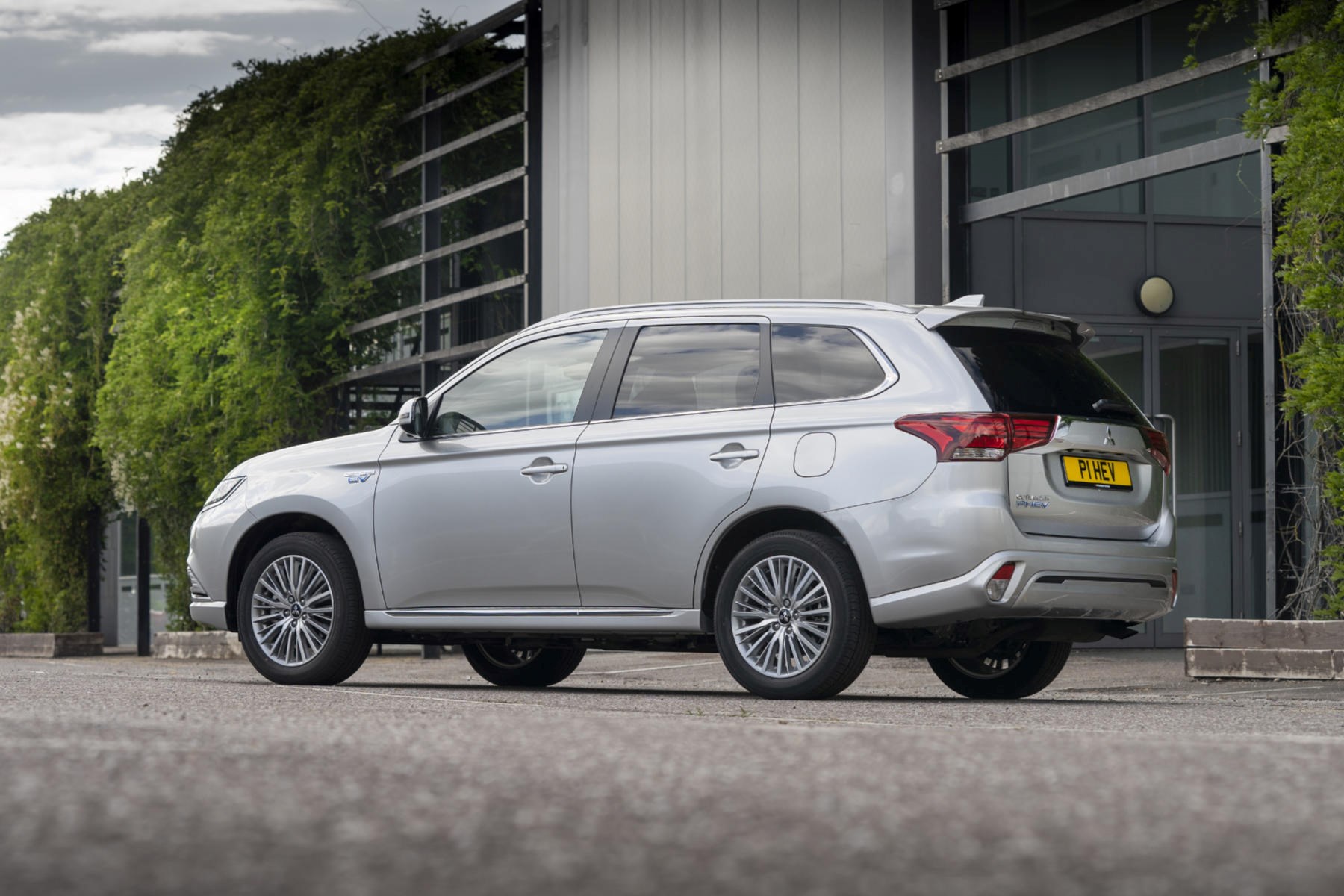
How about the engine?
It’s a 2.4-litre four-cylinder and it can switch between Otto and Atkinson cycles. This means it can make more power and torque when required, but burn less fuel under lighter loads.
Which sounds great. And it is, except not literally. Put your foot down and you’re greeted with a uniquely disappointing CVT moan. There’s lots of noise and not much acceleration.
Funnily enough this isn’t a CVT. It’s a fixed-gear system that drives power to the wheels, with a hydraulic clutch to modulate the electric twist provided by the twin motors. It’s built by GKN – the firm responsible for the Focus RS’s lively rear axle assembly, among many other applications.
The cheapest hybrid cars
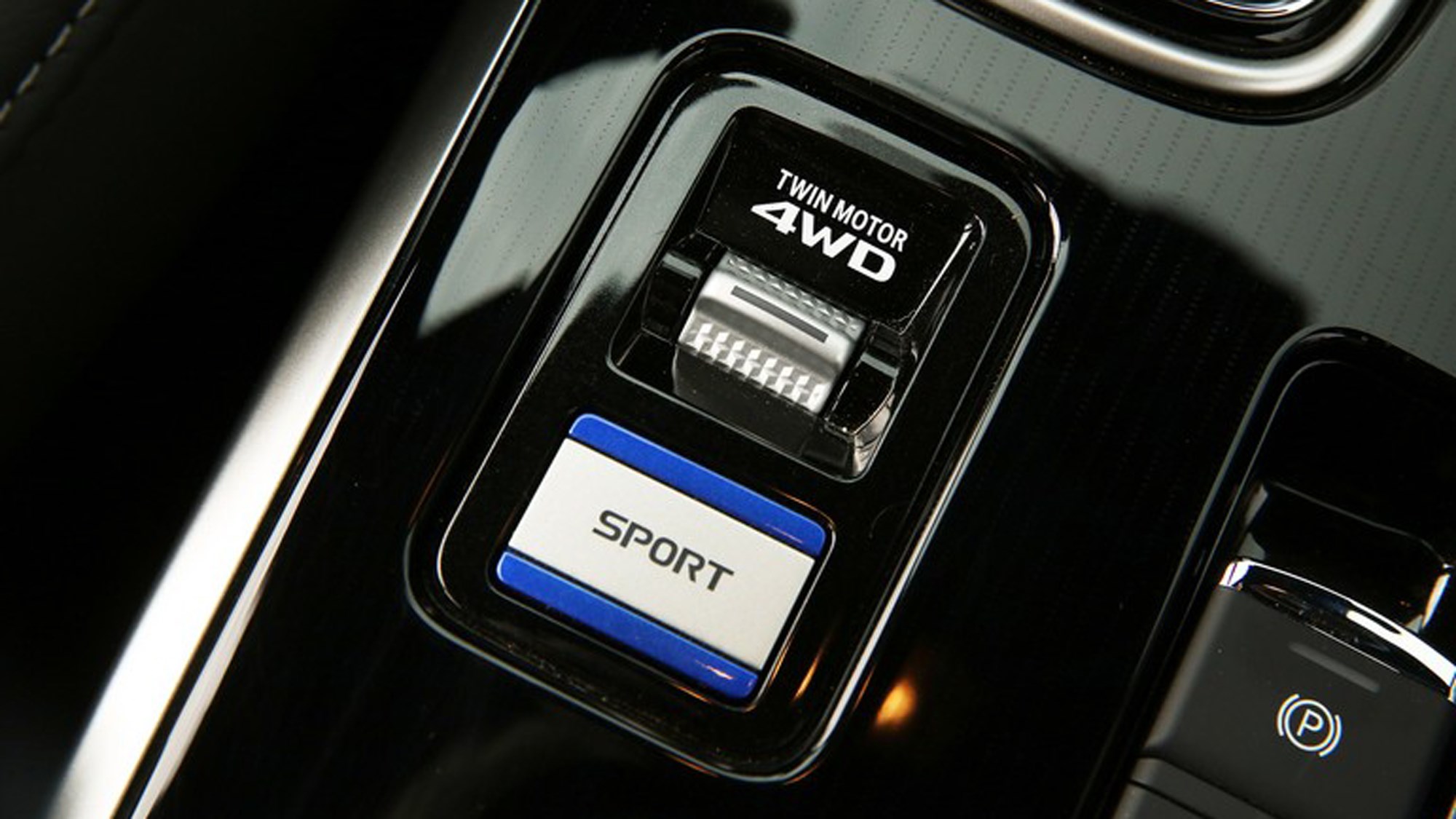
The transmission catches up eventually and meaningful movement occurs, but it’s still no thoroughbred. The 0-62mph time of 10.5seconds confirms this.
Total battery capacity of 13.8kWh allows the Mitsubishi to squeeze out a 30-mile WLTP range, 141mpg and 46g/km.
You can drive at up to 84mph using just electricity and it takes four hours to fully charge.
Mitsubishi Outlander hybrid: verdict
The Mitsubishi Outlander PHEV feels lethargic to drive and is seriously outdated in the interior department compared with other hybrid SUVs. But it does have one thing going for it. Price.
Even before Mitsubishi pulled out of the UK it undercut rivals. But now there are serious discounts for buyers who want a big five-door hybrid SUV with a decent electric range and not a lot else.
